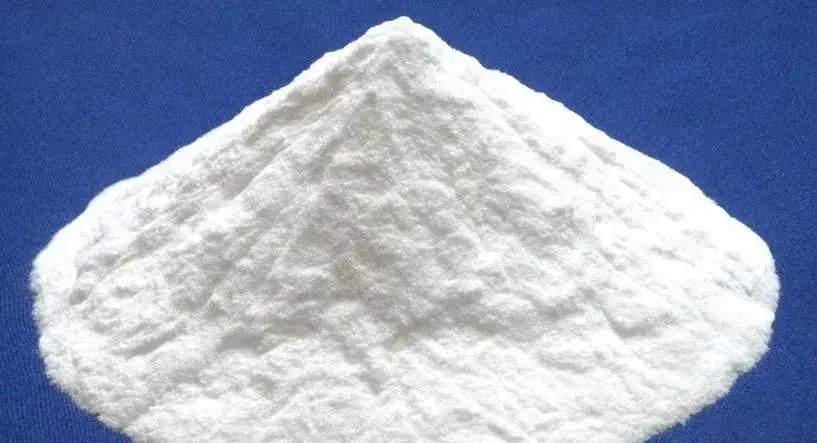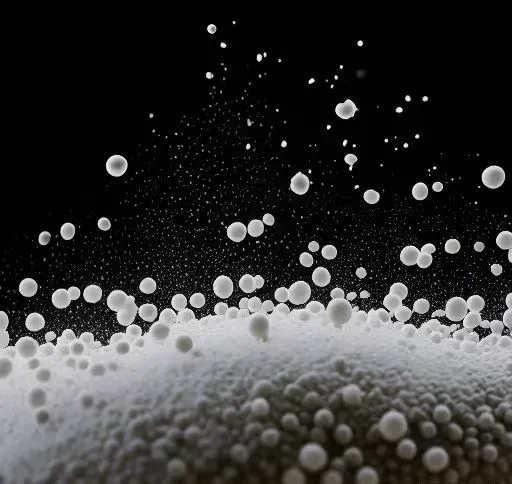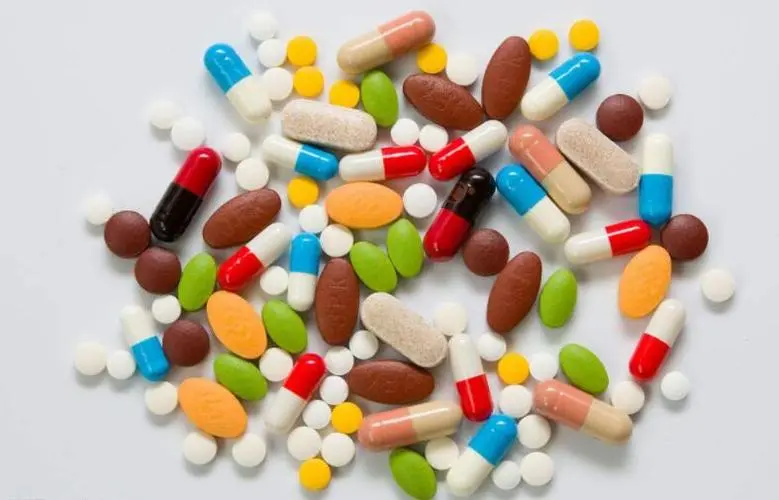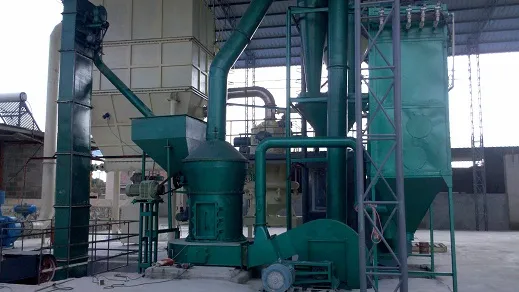Powder compressibility is an important indicator to measure the ability of powder to change volume under external force. It involves complex mechanisms such as particle rearrangement, elastic/plastic deformation, and crushing. Below is an analysis of key influencing factors, test methods, industry applications, and optimization directions:

1. Influencing Factors
Particle Characteristics
Particle Size and Distribution: The smaller the particle size and the wider the distribution, the greater the friction between particles and the higher the compressibility (e.g., nano-SP carbon black has a large elastic rebound due to its high specific surface area).
Morphology and Surface Roughness: Spherical particles have good fluidity and low compressibility. Flaky/fibrous particles are prone to forming pores and require higher pressure for compaction.
Elastic Modulus: High-modulus materials (e.g., NCM ternary materials) primarily experience plastic deformation with minimal pressure relief rebound. Low-modulus materials (e.g., polymer binder PVDF) have a high proportion of elastic strain, leading to significant rebound.
Additive Effect
Conductive Agent (e.g., SP): Nano-carbon black is prone to accumulating elastic strain due to its chain structure, causing the rebound of the mixed system (NCM+SP+PVDF) to be more than 50% higher than that of pure NCM.
Binder (e.g., PVDF): The binder affects the interaction between particles through interfacial bonding forces. For example, in the NCM system, the bonding of PVDF with aluminum foil is stronger than that with active substances. The ratio needs to be optimized to balance bonding strength and compression performance.
Process Conditions
Pressure Rate, Holding Time, and Pressure Range (e.g., 10-350MPa test range) affect particle rearrangement and energy dissipation. At high pressures, the rebound of SP decreases, while the rebound of the NCM system tends to stabilize.

II. Comparison of Testing Methods
| Method | Principle | Application Scenario | Example |
| Heckel Equation | Describes the relationship between porosity and pressure, distinguishing between plastic deformation and fracture-dominated mechanisms | Pharmaceutical tablet compression process optimization | Analyzing the impact of excipient compression behavior on tablet hardness |
| Energy Index Method | Calculates energy consumption during each compression stage (e.g., rearrangement work, plastic deformation work) | Battery electrode sheet compression process development | Evaluating the compression energy consumption of NCM/SP mixed systems |
| Compression Degree-Hausner Ratio Method | Calculates C = (ρbt – ρb) / ρbt × 100%, HR = ρbt / ρb using bulk density (ρb) and tapped density (ρbt) | Pharmaceutical powder flowability classification (e.g., C > 25% is very poor) | Determining drug uniformity and capsule filling efficiency |
| Decompression Rebound Test | Monitors thickness changes during compression-decompression cycles, quantifying elastic recovery rate | Battery material system screening | SP addition increases rebound from 0.5% to 3.2% in NCM system |
III. Industry Application Pain Points and Optimization
Lithium-ion Battery Field
Pain Point: Nonlinear relationship between the compaction density of the electrode and the compaction density of the powder (1% SP in the mixed system can reduce the density of the electrode by 5-8%).
Optimization: Use graded conductive agents (such as SP + CNT composites) to reduce porosity; develop low elastic modulus binders (e.g., PAA to replace part of PVDF).
Pharmaceutical Industry
Pain Point: Poor fluidity (C > 30%) leads to excessive tablet weight variation (Pharmacopoeia requires RSD < 3%).
Optimization: Add 0.1-0.5% nano-silicon dioxide to improve particle fluidity; adjust particle size distribution through dry granulation.

Common Strategies for Powder Processes
Pretreatment: Mechanical ball milling or spray drying to adjust particle morphology.
Formula Design: Introduce plastic additives (such as magnesium stearate) to reduce elastic strain energy.
Equipment Improvement: Use multi-stage pressurization (e.g., 50MPa pre-pressing followed by 200MPa final pressure) to promote particle rearrangement.
Current Research Needs:
The research should break through the powder-electrode performance correlation model, combining discrete element simulation (DEM) with machine learning to establish a material-process-performance prediction system, thereby shortening the R&D cycle.

Epic Powder offers a complete after-sales service system, covering everything from equipment installation and commissioning to operation training, maintenance, and support.
As a well-established brand in the industry, Epic Powder Machinery is committed to customer-centricity, quality, and innovation. We are your reliable partner for long-term success.
Choose Epic Powder for efficient, energy-saving, and environmentally friendly powder processing solutions!
Contact us to learn more about our products!